Following we'd like to present a selection of research and development projects with industry partners as well as publicly or internally funded projects. Please note that many of our references are subject to secrecy and therefore can not be presented.
Please do not hesitate to contact us directly if you need more information on topics you are interested in.
Reference Projects
#MOIN Campus–Nachbarschaft–Sichtbarkeit Project
06/2023 - 05/2026
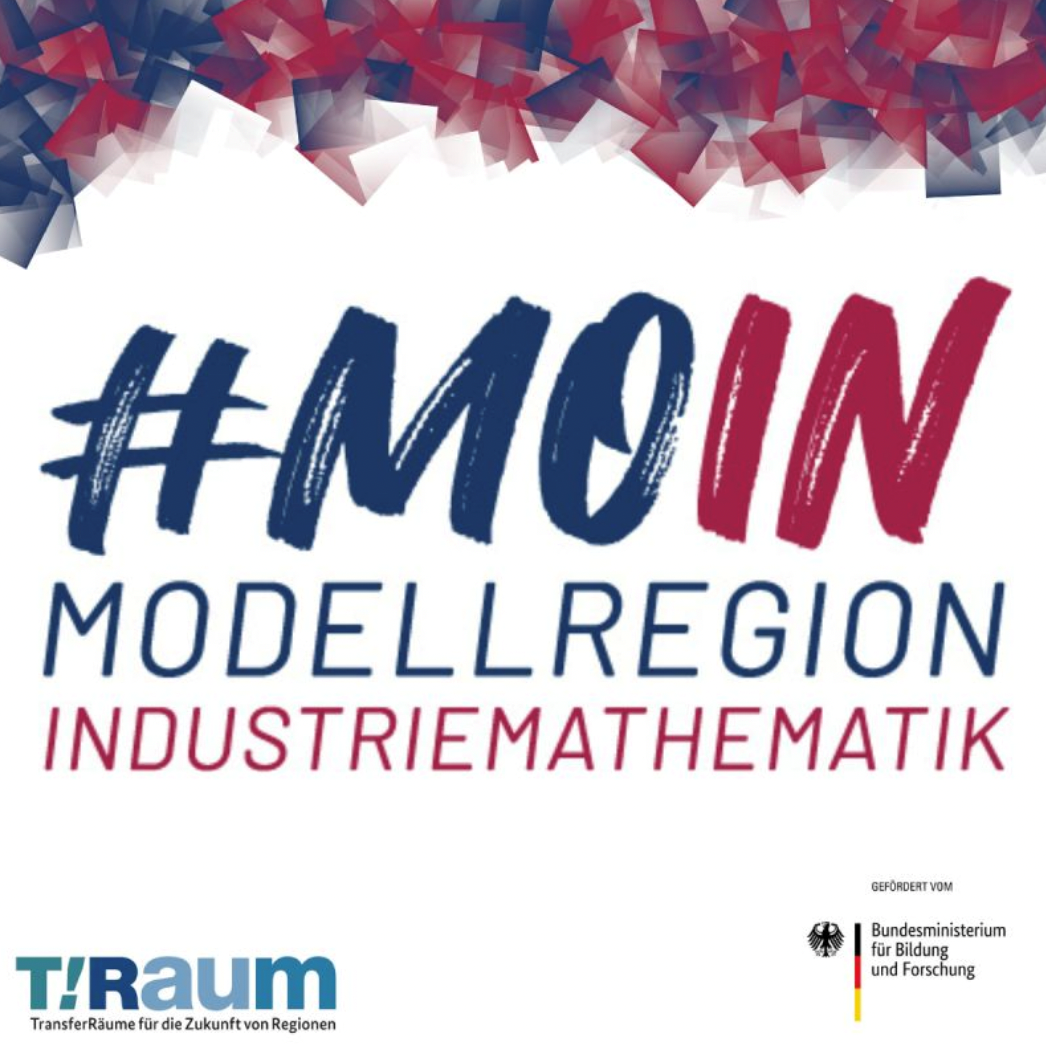
Making the best possible use of mathematical results and giving society a better idea of the importance of mathematics for innovation and for our everyday lives—these are the goals of a sustainable model region for industrial mathematics (MOIN) in Bremen, Bremerhaven, and Osterholz county. The aim is to establish industrial mathematics as a driver of innovation in business and industry, to raise public awareness of industrial mathematics, and to make mathematics attractive again in schools. The #MOIN Campus–Nachbarschaft–Sichtbarkeit (which translates as #MOIN Campus-Neighbourhood-Visibility) sub-project aims to improve the reputation of mathematics among the public and to communicate the benefits of mathematics to young people and their teachers in particular. Activities take place on campus and in the neighbourhood, as well as at the young people’s schools. The Federal Ministry of Research and Education (BMBF) is funding the 36-month #MOIN Campus–Nachbarschaft–Sichtbarkeit sub-project with around 690,000 euros, while the corresponding activities of Fraunhofer MEVIS are being funded with a share of 100,000 euro.
RACOON
since 2020

RACOON (Radiological Cooperative Network) is a pioneering initiative involving the radiology departments of all 38 German university hospitals. It is a multi-center network that provides a nationwide infrastructure for the consistently structured analysis of radiological data. The project aims to aggregate data from various sources, process it in a structured manner and make it usable for joint research purposes. A particular focus is on the development of AI applications to optimize radiological diagnoses and treatments. Fraunhofer MEVIS has integrated the annotation tool SATORI into RACOON, which contributes to the precise segmentation and analysis of radiological data at all university hospitals.
KI-Cluster Health (AI-Cluster Health)
02/2022
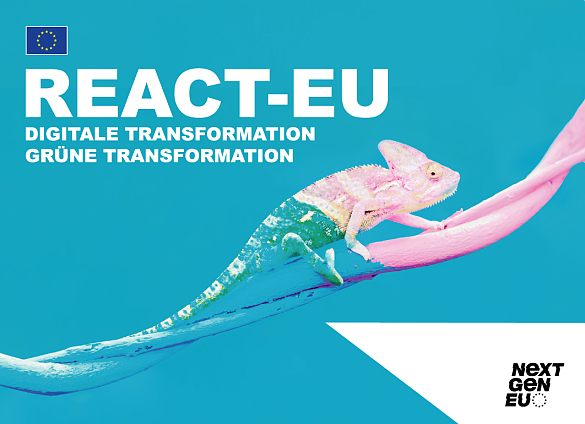
Modern Deep Learning methods allow AI models to be trained to automate cognitive tasks in many application areas, including digital medicine. This is a small technical revolution, because for the first time, some very demanding tasks can be meaningfully supported by computers. But even in many cases where good solutions already existed, these new AI methods again significantly improve the state of the art.
BIGPICTURE
02/2021 - 01/2027
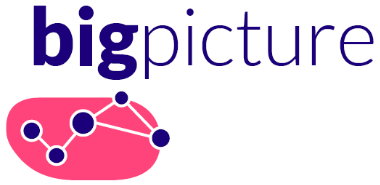
To allow the fast development of AI in pathology, the BIGPICTURE project aims to create the first European, ethical and GDPR-compliant (General Data Protection Regulation), quality-controlled platform, in which both large-scale data and AI algorithms will coexist. The BIGPICTURE platform will be developed in a sustainable and inclusive way by connecting communities of pathologists, researchers, AI developers, patients, and industry parties. To achieve its goals, the BIGPICTURE project will first create the infrastructure needed to store, share and process millions of image files. Secondly, it will address legal and ethical issues to ensure patient privacy and data confidentiality issues are fully respected.
NFDI4Health
10/2020 - 09/2025

The goal of NFDI4Health is to merge epidemiological, public health and clinical research: a multidisciplinary team of scientists will establish a research data infrastructure for personal health data in Germany: NFDI4Health. The project is funded by the federal and state governments. The mission is to add value to research in epidemiology, public health and clinical trials. To this end, high-quality data will be made internationally accessible according to FAIR principles. NFDI4Health provides full coverage of large epidemiological studies, public health research, and investigator-initiated clinical trials in Germany, as well as co-development of NFDI4Health with the user community.
EMPAIA
01/2020 - 12/2023
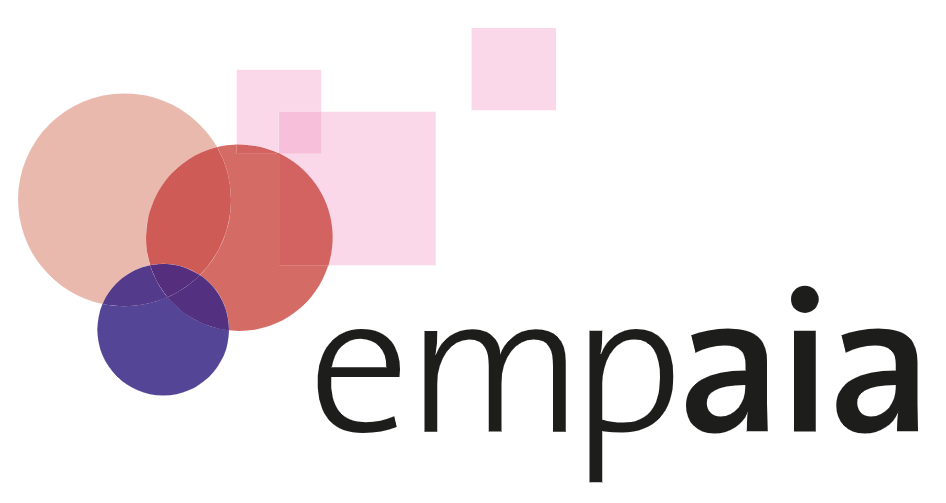
Image-based diagnostics have recently made great progress through the use of artificial intelligence (AI) methods. EMPAIA (EcosysteM for Pathology Diagnostics with AI Assistance) aims to enable doctors to use validated and certified AI solutions routinely. To this end, the project is establishing a diagnostic ecosystem using the example of pathology. The cornerstone is a platform on which AI algorithms are further developed and validated. AI services for diagnostics and research are offered, their certification is facilitated by clear legal framework conditions and the orchestration of developers, reference institutes and certifiers. The use of AI is also promoted by removing regulatory, legal, technical and organizational hurdles. The Academy offers half-day advanced training events for skill development.
VIVATOP
10/2018 - 09/2021

Medical students dissect human bodies during a lecture, patients look at their liver in 3D together with physicians, and experts from all over the world can be consulted during a surgery. What may seem futuristic, could soon become everyday life in clinics and universities. New information technologies can help to supply surgeons with important information before and during surgeries, thereby noticeably increasing the chances of a successful outcome.
The VIVATOP project (Versatile Immersive Virtual and Augmented Tangible OP) pursues precisely this goal. Taking visceral surgery as an example, the VIVATOP (Versatile Immersive Virtual and Augmented Tangible OR) project is designing applications using virtual reality (VR), augmented reality (AR), and 3D printing to effectively support both the planning and execution of surgeries as well as education, training, and continuing education scenarios.
PANTHER
10/2016 - 09/2019
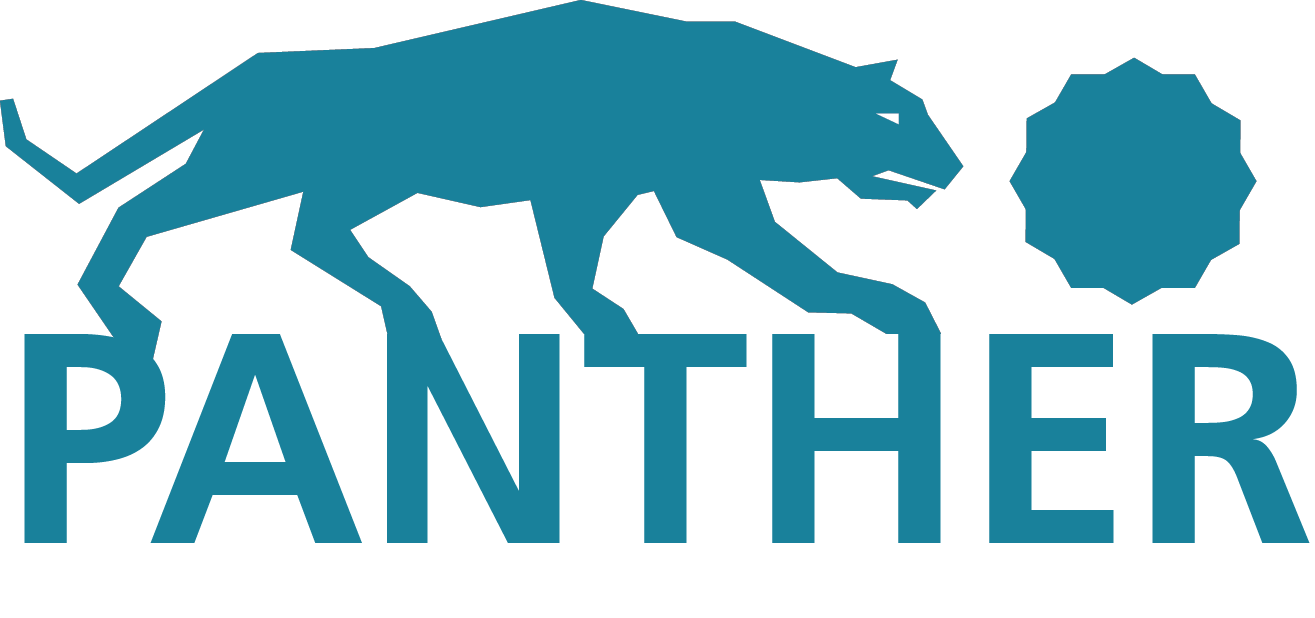
PANTHER (Patient-oriented oncological therapy assistance) is a joint project of Siemens Healthcare GmbH, the Medical Center of the University of Munich, MeVis BreastCare GmbH & Co. KG, and Fraunhofer MEVIS, funded by the Federal Ministry of Education and Research.
The goal of PANTHER is to enable an earlier and more precise assessment of response to chemotherapy in cancer patients based on CT images. Automated quantitative image analysis methods will be combined with clinical data to create a decision support system that can help physicians monitor the treatment and adapt it if necessary. This may result in better patient outcomes, reduced side effects, and lower costs. Another focus of the project is to develop new visualization and 3D printing techniques to involve patients into therapy decisions. A web-based prototyping platform will facilitate an agile development and early clinical validation of the project results.
QuantMed
10/2015 - 2019
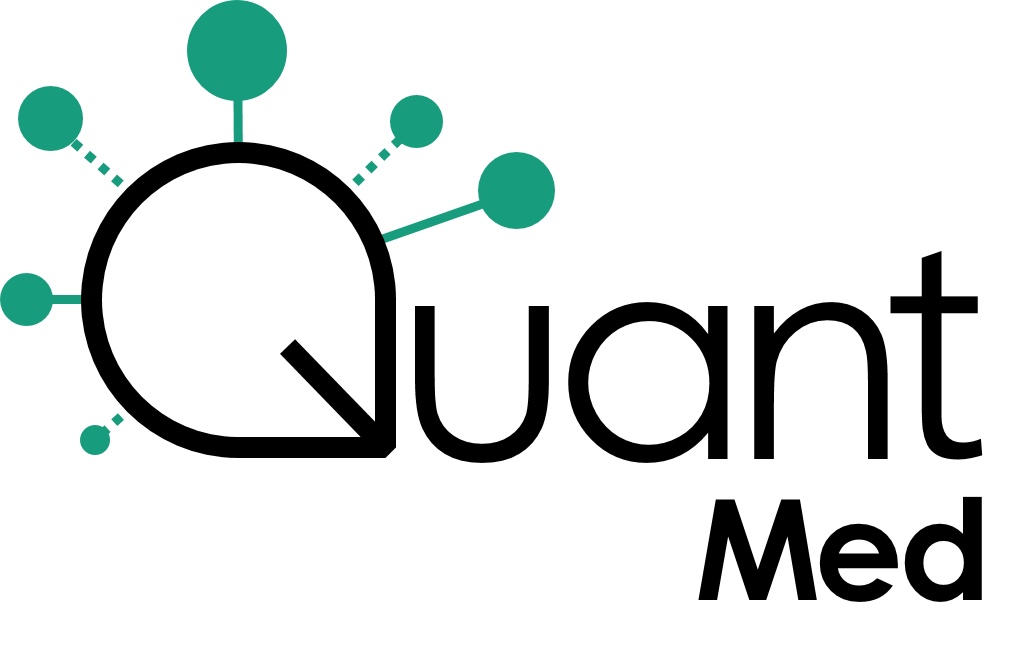
QuantMed is establishing "Cognitive Medical Computing" at Fraunhofer MEVIS by which clinical decisions and quantitative tasks in medicine will be enhanced.
The systematic generation, accumulation, validation, and utilization of quantifiable medical knowledge is addressed to make clinical decisions more reliable, accurate, and more efficient. The medical application competence at MEVIS is extended by QuantMed by robust, comprehensible and correctable system solutions, in which data-driven and interactive knowledge generation are combined with medical guidelines. Patient-individual data are combined with knowledge and information about relevant populations in the sense of multidisciplinary phenotyping. For this purpose, deep learning techniques like unsupervised learning procedures are used to cope with the amount of data and to identify frequently occurring patterns, whereas supervised and reinforcement learning methods are utilized for processing clinical parameters or iterative user inputs.
Visit also: Deep Learning in Medical Imaging
AMI
10/2015 - 09/2018
AMI (Automation in Medical Imaging) is a joint project of RadboudUMC's DIAG group and Fraunhofer MEVIS, funded by both institutions in equal parts.
The goal is to develop a joint infrastructure allowing efficient development of data-driven algorithms that automate clinical tasks. The technical developments will include a database infrastructure accompanied by a compute server backend to validate long-running learning algorithms on clinically curated data. The frontend development will focus on a web-based clinical user interface using a component framework. The project uses key clinical demonstrators to harvest the benefits of the frontend and backend developments for specific tasks: general oncology, digital pathology, and ophthalmology.
STIMULATE
01/2015 - 12/2019

The Magdeburg Forschungscampus STIMULATE is a project within the initiative "Forschungscampus – Public-Private Partnership to Foster Innovation" funded by the BMBF. The focus of STIMULATE are technologies for image-guided minimally invasive methods in medicine. The aim is to improve medical treatments as well as to help contain of exploding health care costs. In particular, age-related common diseases in the areas of oncology, neurology and vascular diseases are considered. In the long term, the project aims to become the "German Centre for Image-guided Medicine".
Main funding: BMBF
Role of MEVIS: consortium member
TRANS-FUSIMO
01/2014 - 12/2018
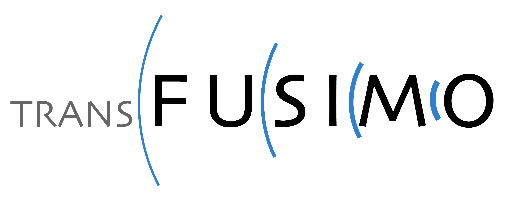
TRANS-FUSIMO is an EU funded project involving 11 partners from all over Europe. The project is a follow up project of FUSIMO where a planning system for MR-guided Focused Ultrasound Surgery (MRgFUS) in moving abdominal organs has been developed. MRgFUS combines high intensity focused ultrasound for thermal ablation of diseased tissue with MR imaging to visualise the tumour and surrounding anatomy and to provide MR thermal feedback. However, MRgFUS treatment of the liver and other abdominal organs present tremendous technological challenges, including motion due to breathing and shielding of the target by the rib cage. Thus, TRANS-FUSIMO will translate MRgFUS in the liver to the clinic.
Main funding: EC
Role of MEVIS: consortium leader, scientific coordinator
German National Cohort
06/2013 - 04/2023
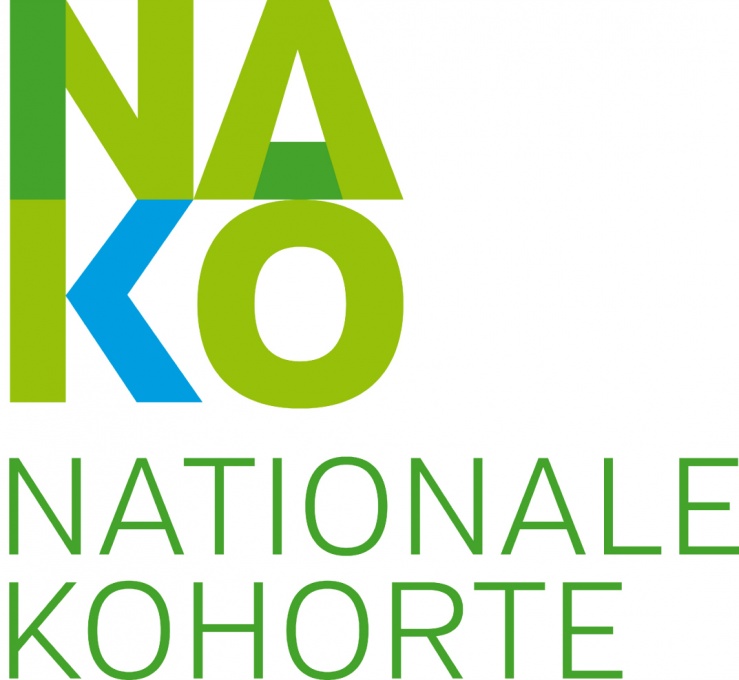
The German National Cohort (GNC) is a joint interdisciplinary endeavour of scientists from the Helmholtz and the Leibniz Association, universities, and other research institutes. Its aim is to investigate the causes for the development of major chronic diseases, i.e. cardiovascular diseases, cancer, diabetes, neurodegenerative/-psychiatric diseases, musculoskeletal diseases, respiratory and infectious diseases, and their pre-clinical stages or functional health impairments. Across Germany, a random sample of the general population will be drawn by 18 regional study centres, including a total of 100,000 women and 100,000 men aged 20–69 years.
Main funding: BMBF
Role of MEVIS: consortium member
WAKE-UP
12/2011 - 11/2017

WAKE-UP is a European multicentre investigator-initiated randomized placebo-controlled clinical trial of MRI based thrombolysis in acute stroke patients with unknown time of symptom onset, e.g. due to recognition of stroke symptoms on awakening. The objective of WAKE-UP is to test efficacy and safety of MRI-based intravenous thrombolysis with Alteplase in patients waking up with stroke symptoms or patients with unknown symptom onset. By this, WAKE-UP aims at providing a new safe and effective treatment option for acute stroke patients waking up with stroke symptoms.
Main funding: EC
Role of MEVIS: consortium member
CARDIOPROOF
10/2013 - 09/2016
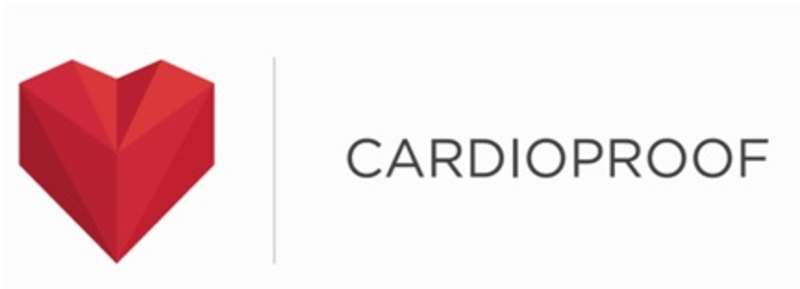
CARDIOPROOF is a project to determine the applicability and effectiveness of predictive modelling and simulation tools for cardiology. Consolidating the outcomes of previous Virtual Physiological Human (VPH) projects, CARDIOPROOF will validate the tools in interrelated clinical trials. These trials will be conducted at three European centres of excellence in cardiac treatment: The Ospedale Pediatrico Bambin Gesù, in Rome; University College of London’s Great Ormond Street Hospital for Children NHS Foundation Trust (GOSH); and the Deutsches Herzzentrum Hospital of Berlin.
Main funding: EC
Role of MEVIS: consortium member
SPARTA
04/2013 - 07/2016
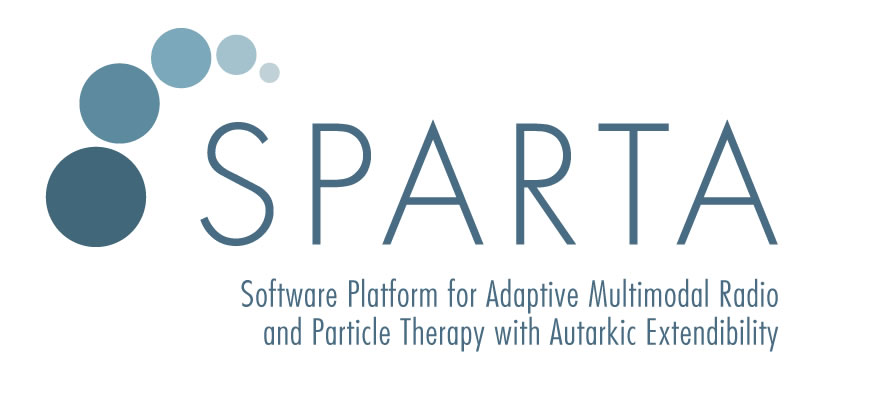
Alongside surgery and chemotherapy, radiation therapy is one of the pillars of treatment of malignant tumors. Precisely targeting the tumor and sparing the surrounding healthy tissue are important prerequisites for therapeutic success. The SPARTA consortium is developing software to improve therapy planning and optimize patient-specific treatment. Scientists from ten partners, including research institutes, medical technology companies, and university clinics, develop innovative, adaptive, and expandable software systems to help clinicians plan and perform radiation therapy. SPARTA’s overarching aim is to increase the safety and efficiency of radiation, and support tumor radiation in a more patient-friendly manner using innovative systems.
Main funding: BMBF
Role of MEVIS: consortium leader, scientific coordinator
VPH-PRISM
03/2013 - 02/2016
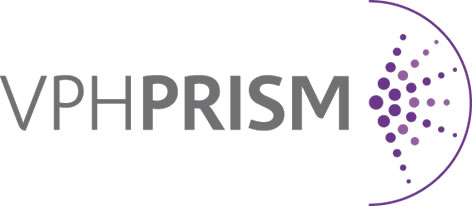
Breast cancer is frequent and life threatening, but curable if detected early. Early detection and comprehensive characterisation of findings require optimised imaging and image understanding to maximise detection of significant disease while preventing overdiagnosis. Personalised predictive modeling of breast cancer allows treatment stratification, preventing unnecessary and unsuccessful treatments. VPH-PRISM addresses these key topics with integrated multidisciplinary, multi-scale ICT modeling of breast tissue microstructure in the context of environmental, genetic, and clinical factors.
Main funding: EC
Role of MEVIS: consortium leader, scientific coordinator
Virtual Liver Network
04/2010 - 03/2015
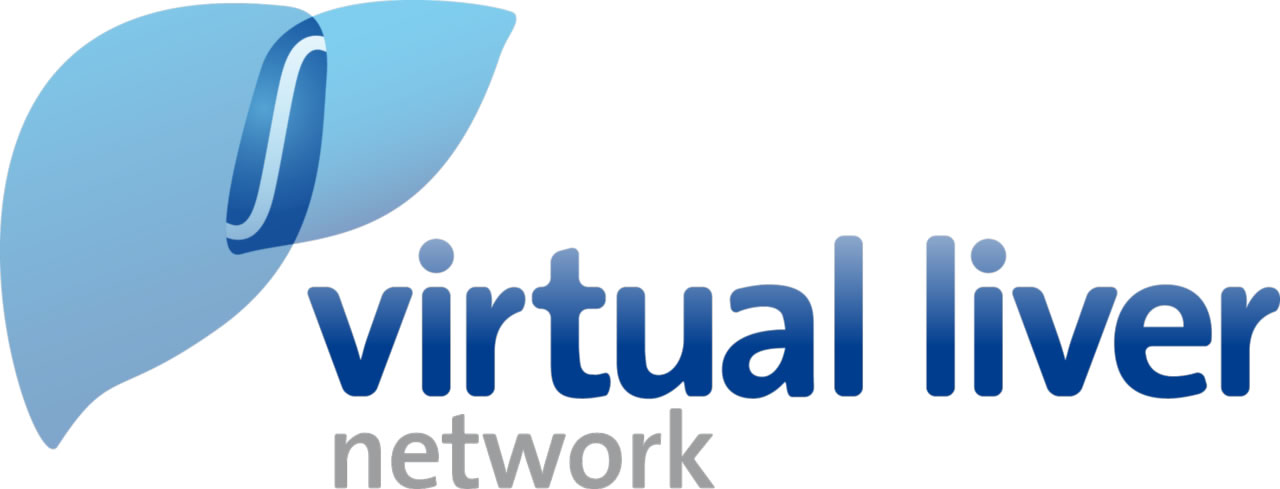
The Virtual Liver Network (VLN) represents a major research investment by the German Government focusing on work at the “bleeding edge” of Systems Biology and Systems Medicine. This Flagship Programme is tackling one of the major challenges in the life sciences: that is, how to integrate the wealth of data we have acquired post-genome, not just in a mathematical model, but more importantly in a series of models that are linked across scales to represent organ function. As the project is prototyping how to achieve true multi-scale modelling within a single organ and linking this to human physiology, it will be developing tools and protocols that can be applied to other systems, helping to drive forward the application of modelling and simulation to modern medical practice. While there is no direct successor for the Virtual Liver network, there is LiSyM, a large scale Liver Systems Medicine project, funded by the BMBF since beginning of 2016.
Main funding: BMBF
Role of MEVIS: consortium member, subproject leader
 Fraunhofer Institute for Digital Medicine MEVIS
Fraunhofer Institute for Digital Medicine MEVIS